Use and powers of augmented reality in the information of the scrutiny of the general elections of 10-N in the Spanish television channels
Keywords:
Augmented Reality, Technology, Journalism on Television, Electoral ScrutinyAbstract
Moderating, managing a political debate, and presenting the results of the electoral count are today's new challenges for informants on television. The new ways of consumption and content generation by audiences themselves, as well as the growing importance of social networks’ disseminating role, are changing formats and channels which enrich TV frameworks, promote innovation and help receivers to understand and analyze TV data in a new light.
New technologies have broadened the range of possibilities on the television scene. Constantly evolving tools allow the production of virtual content improving the visualization and understanding of data. These new resources also serve as support for journalists in information broadcasting, who use digital methods that reinforce multimodal communication.
In recent years, Augmented Reality (AR), Virtual Reality (VR) and 360-degree Video have landed in the Spanish media to promote information of a different nature. In the specific case of political information on television, Augmented Reality offers the opportunity to represent and virtually show those elements that are not present on the television scene, surpassing the limits of the physical world.
This paper analyzes the application and potential of Augmented Reality in televised electoral debates in Spain, specifically during the scrutiny day of the general elections of November 10, 2019 (10-N). This analysis shows how the political debate was forged in the new television sphere of five networks -Antena 3, La Sexta, TVE, Telemadrid and TV3- between 7:30 p.m. and 2:30 a.m., and its symbiosis with new technological tools to capture the audience at a time of maximum competitiveness.
Downloads
References
Atresplayer (2019). Espejo Público, Especial Elecciones 10-N. https://www.atresplayer.com/antena3/programas/espejo-publico/noviembre-2019/espejo-publico-10-n-especial-elecciones_5dc820327ed1a89cd4aa4886/
Atresplayer (2019). ARV, Objetivo La Moncloa 10-N. https://www.atresplayer.com/lasexta/programas/al-rojo-vivo/noviembre-2019/al-rojo-vivo-objetivo-la-moncloa_5dc81ee17ed1a89cd2f35a78/
Cantavella, J.; Bullough, R.; Curiel, L. A.; Morales, B.; Mejía, C.; Pittaro, E. (2008). “Algunos aspectos lingüísticos de los debates electorales Zapatero-Rajoy 2008”. Estudios sobre el Mensaje Periodístico, n. 14, UCM, p. 79-98, 2008.
CCMA.cat (2019). Eleccions Generals E19: L'anàlisi. https://www.ccma.cat/tv3/alacarta/programa/eleccions-generals-e19-lanalisi/video/5956426/
Cruz, J.; Cevallos, P.; Yépez-Reyes, V. (2018). “Desafíos del periodismo inmersivo”, en López, M.; Campos, F.; López, P.; y Rivas, F., La comunicación en la nueva sociedad digital, Pontificia Universidad Católica del Ecuador Sede Ibarra, pp. 65-78.
De la Peña, N.; Weil, P.; Llobera, J.; Giannopoulos, E.; Pomés, A.; Spanlang, B.; Friedman, D.; Sánchez-Vives, M. y Slater, M. (2010). “Immersive journalism: Immersive virtual reality for the first-person experience of news”. Presence: Teleoperators and Virtual Environments, 19 (4), pp. 291-301.
Enguix, S. (2015). Periodismo político. Fundamentos, prácticas y perspectivas. Aldea Global 31.
Domínguez, E. (2010). “Los nuevos formatos inmersivos y su aplicación en el periodismo”, en II Congreso Internacional de Ciberperiodismo y Web 2.0. https://www.academia.edu/546981/Los_nuevos_formatos_inmersivos_y_su_aplicaci%C3%B3n_en_el_periodismo_The_new_immersive_formats_and_its_application_to_journalism_
EL MUNDO (2011). Los mejores momentos del debate. https://www.elmundo.es/elecciones/elecciones-generales/2011/debate/index.html
EL PAÍS (2016, 14 de junio). Debate a 4 y Eurocopa: lunes de audiencias millonarias. https://elpais.com/cultura/2016/06/14/television/1465891474_558090.html
EL PAÍS (2015, 30 de noviembre). El Debate en Twitter. https://elpais.com/especiales/2015/elecciones-generales/debate-en-twitter/
Farré, M. (2018, 22 de agosto). “Narración inmersiva y Periodismo: hacia una semiótica de las emociones”, en Congreso Internacional de Narrativas Audiovisuales.
Gallego Reguera, M.; Martínez Martínez, I. (2013). “Comunicación Institucional en los debates electorales entre candidatos a la presidencia del Gobierno en España en las elecciones generales (2008 y 2011)”. Orbis. Revista Científica Electrónica de Ciencias Humanas, n. 29, Fundación Unamuno, p. 143-160.
Herrero, J. C.; Benoit, W. L. (2009). “Análisis funcional de los debates en las televisiones”. Zer, v. 14, n. 27, Facultad de Ciencias Sociales y de la Comunicación de la UPV, p. 61-81.
López, X.; Otero, M. (2004). Las herramientas tecnológicas de la nueva información periodística, Netbiblio S.L.
Padilla Castillo, G. (2014). “La espectacularización del debate electoral: estudio del caso de Estados Unidos”. Revista de Comunicación Vivat Academia, Nº. 128, Fórum Internacional de Comunicación y Relaciones Públicas (Fórum XXI), p. 107-123. 2014. DOI: 10.15178/va.2014.128.107-123
Pavlik, J V. (2001). Journalism and new media, Columbia University Press.
Pineira-Tresmontant, C. (2013). “Un cara a cara electoral: análisis lexicométrico. Tiempo Presente”. Revista de Historia, n. 1, HISTIPRES, p. 19-29.
Proaño, L. E. (2002). “Debate Presidencial en la TV: ¿ayuda a ganar una elección?” Chasqui, Nº. 79, CIESPAL, p. 30-37.
Pryor, L. (2000). “Immersive News Technology: Beyond Convergence”. USC Annenberg Online Journalism Review.
RTVE.es (2019). Especial informativo 10-N. Tú decides. https://www.rtve.es/alacarta/videos/especiales-informativos/especial-informativo-10-tu-decides/5440106/
Swann, A. (1990). Bases del diseño gráfico, Gustavo Gili S.A.
Telemadrid.es (2019). Especial Elecciones Generales 10-N. http://www.telemadrid.es/programas/especiales/Especial-Elecciones-generales-10n-2-2175702452--20191110033211.html
Tuñez, M.; Martínez, Y.; Abejón, P. (2010). ”Nuevos entornos, nuevas demandas, nuevos periodistas”. Estudios Sobre El Mensaje Periodístico, 16, 79-94. https://revistas.ucm.es/index.php/ESMP/article/view/ESMP1010110079A
Wang, Z.; Bovik, A.C.; Lu, L. (2002). “Why is image quality assessment so difficult?”. IEEE International Conference on Acoustics, Speech, and Signal Processing. https://live.ece.utexas.edu/publications/2002/zw_icassp2002_whyqa.pdf
Downloads
Published
How to Cite
Issue
Section
License
Los derechos de edición pertenecen a la Fundación iS+D para la Investigación Social Avanzada, entidad que edita la Revista Prisma Social, y es necesario su permiso para cualquier reproducción. En todo caso, será necesario citar la procedencia de cualquier reproducción total o parcial.
La publicación de artículos o reseñas en la Revista Prisma Social no da derecho a remuneración alguna.
Política de acceso abierto
La publicación de la Revista Prisma Social y su difusión se realiza de forma abierta a través de Internet.
La Revista Prisma Social ofrece acceso libre y abierto inmediato a su contenido de forma totalmente gratuita con el fin de hacer llegar la investigación científica a toda la sociedad y con el objetivo de crear una cultura reflexiva encaminada a la comprensión de los comportamientos sociales desde una perspectiva global.
Todos los contenidos digitales de la Revista Prisma Social son de acceso libre y gratuito y se publican bajo una licencia de Creative Commons:

está bajo una licencia de Creative Commons Reconocimiento-NoComercial-SinObraDerivada 3.0 España License.
Creado a partir de la obra en www.isdfundacion.org
Bajo esta licencia, está permitida la reproducción y difusión de los contenidos de la revista con fines educativos o de investigación, sin ánimo de lucro, siempre y cuando estos no se modifiquen, se cite la procedencia (Prisma Social, Revista de ciencias sociales), y la autoría.
Esta licencia a la que se acoge la Revista Prisma Social permite copiar, distribuir, exhibir los textos e imágenes de la revista, siempre que se cumplan las siguientes condiciones:
- Reconocimiento: Debe reconocerse y respetarse la autoría de la obra de la manera especificada por el autor y la entidad editora (Revista Prisma Social – Fundación iS+D).
- No comercial: No se puede utilizar esta obra para fines comerciales.
- No derivados: No se puede alterar, transformar o generar una obra derivada a partir de esta obra.
Se deberán establecer claramente los términos de esta licencia para cualquier uso o distribución de los documentos. Se podrá prescindir de cualquiera de estas condiciones si se obtiene el permiso expreso del autor/a.
Desde la Revista de Prisma Social se permite y se invita a los/as autores/as a ampliar la visibilidad, alcance e impacto de sus artículos publicados en la revista mediante la redifusión (auto-archivo) de los mismos en:
1. Sus espacios web personales (web, blog, redes sociales, foros científicos, etc.).
2. Archivos abiertos institucionales (archivos universitarios, Hispana, Europeana, etc.).
3. Redes sociales de naturaleza académica y científica (ResearchGate, Academia.edu, Getcited.org).
Se requiere que en dichas publicaciones se detallen todos los datos bibliográficos de la publicación.
Para más información, puede descargar y consultar las Condiciones de Publicación:

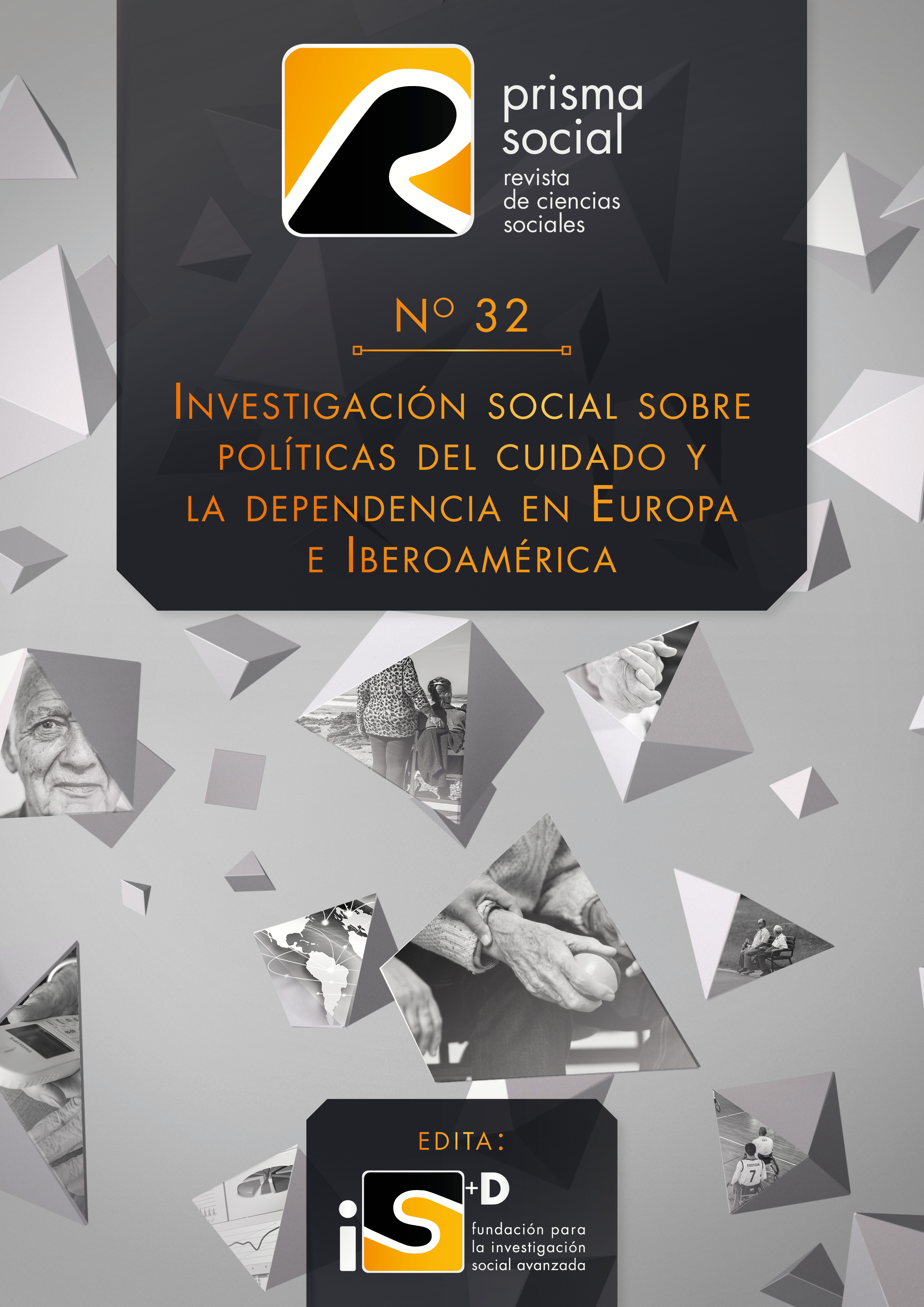




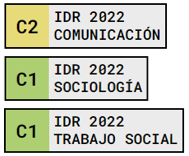

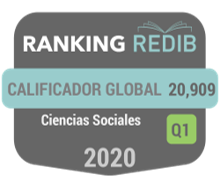
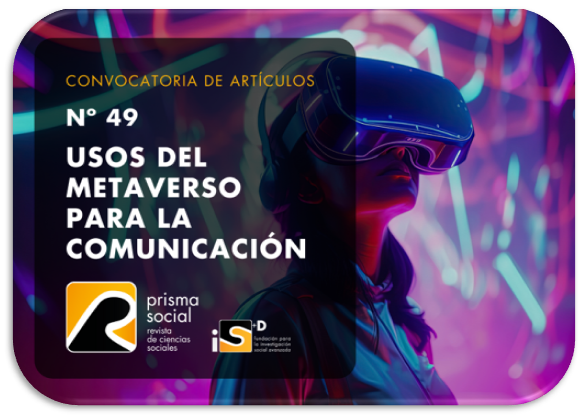
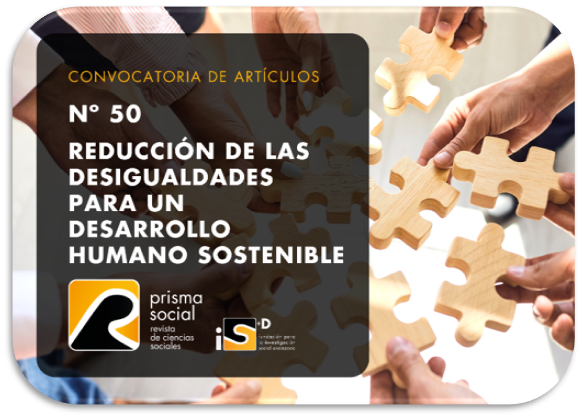








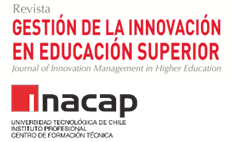



.png)




